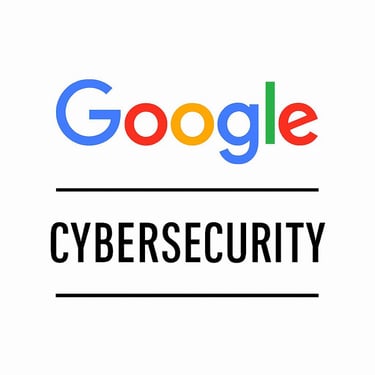Add your promotional text...
The Psychology of Cybersecurity – When Emotions Become the First Breach
By Adeline Njawa – Founder, CyberInnoShield INT
Protect Humans Before Machines.
The story of cybersecurity has always been told through the lens of technology — firewalls, passwords, encryption, artificial intelligence.
But behind every digital breach, there is something far older, far more human: emotion.
Before a hacker breaks into a system, they break into someone’s mind.
They whisper to our fears, our curiosity, our loneliness.
And in that single, impulsive click — a door opens.
It’s easy to believe that cybersecurity is about codes and defenses. But the truth is: the most advanced firewall in the world cannot protect an anxious heart.
Fear: The Hacker’s Favorite Password
A single email can do what no virus ever could.
It can make us panic.
It can make us forget everything we know.
“Your account has been compromised. Click here to verify your identity.”
“Your child’s school needs urgent payment.”
“A package is waiting for you — confirm now.”
These are not technical attacks; they are psychological traps.
They exploit our natural instinct to protect, to respond, to act fast.
And so, in milliseconds, emotion takes the wheel — and reason disappears.
At CyberInnoShield INT™, we call this the Emotional Breach™:
the moment when a feeling becomes more powerful than logic.
The Invisible Side of Cyber Risk
Most cybersecurity awareness programs focus on tools: strong passwords, antivirus, multi-factor authentication.
These are essential — but they’re not enough.
Because cybercrime doesn’t begin with technology.
It begins with a human emotion: trust.
The employee who clicks a fake link is not careless; they’re human.
The teenager who shares personal data is not naïve; they’re seeking connection.
The manager who falls for a phishing scam is not uneducated; they’re under pressure.
We don’t fail because we are weak.
We fail because we are feeling beings in a digital battlefield that constantly plays with our emotions. The Science of Emotional Hacking
Neuroscience shows that our emotional brain reacts up to 100 times faster than our rational brain.
This means hackers don’t need to outsmart you — they only need to outrun your logic.
When your body feels fear, your brain shuts down the analytical process to favor immediate reaction.
That’s exactly when attackers strike.
Cyber defense, therefore, must evolve beyond software.
It must include emotional intelligence — the awareness of what we feel, when we feel it, and how that emotion might be exploited.
The NJAWA™ Vision – Emotional Resilience as a Shield
At CyberInnoShield INT, we believe that true cybersecurity begins with self-awareness.
That’s why we created the NJAWA™ Framework – Neural Justice Awareness & Wellness Architecture.
It’s a new philosophy of protection:
One that teaches organizations to recognize emotional manipulation before it becomes a breach.
One that trains individuals to pause before clicking, to question fear, to resist urgency.
One that helps communities heal after digital trauma — rebuilding not only data, but confidence.
Because emotional recovery is also a form of cybersecurity. A New Human-Centered Era
Artificial intelligence can now predict human behavior with terrifying precision.
But it cannot yet feel.
That remains our most powerful — and most fragile — human trait.
The future of cybersecurity will not belong to those who build stronger machines, but to those who build stronger humans.
Humans who understand that emotion is not a flaw, but a signal — a guide that, when managed, becomes strength.
This is the essence of CyberInnoShield INT:
To protect not just what we connect, but who we are when we connect.
CyberInnoShield INT
Protect Humans Before Machines.
Telephone: +1 703-909-5383
Email : contact@cyberinnoshield.com


Our Parterns












© 2025. All rights reserved.
